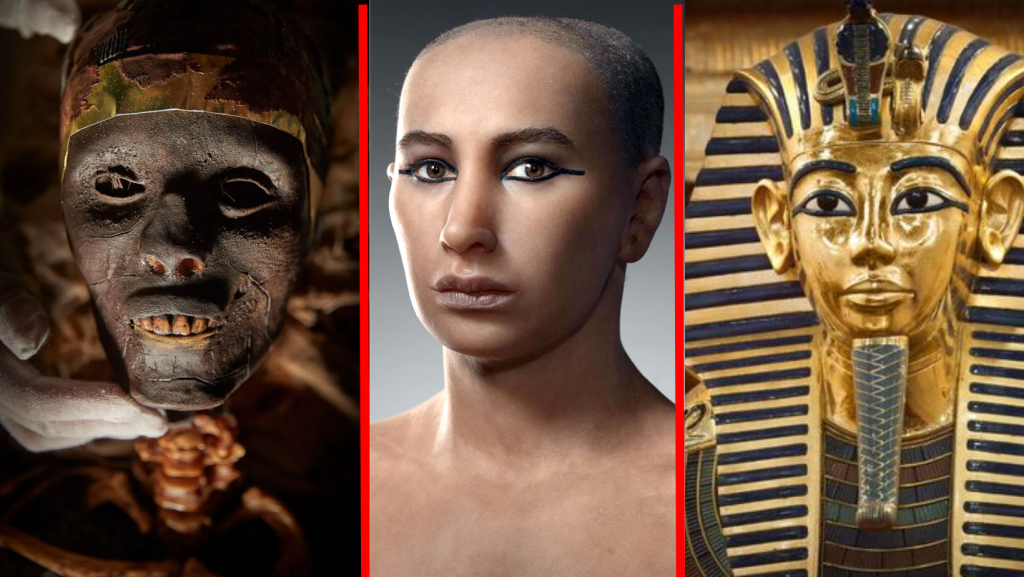
Spread over 3,000 years, ancient Egypt has a multitude of architectural styles. It was not a static civilization and underwent significant transformations guided by historians.
As shown in the picture, one of the most prominent examples of ancient Egyptian architecture has been the Egyptian Pyramids. These structures have served various functions, including temples, palaces, tombs, fortresses, and administrative centers, excavated and situated on the banks of the Nile River. The Egyptian Civilization was one of the oldest in the world and was contemporary with the Sumerian and Mesopotamian civilizations. These architectural styles have influenced the subsequent dynasties and civilizations across the world. (Photo credit: Wikimedia Commons)
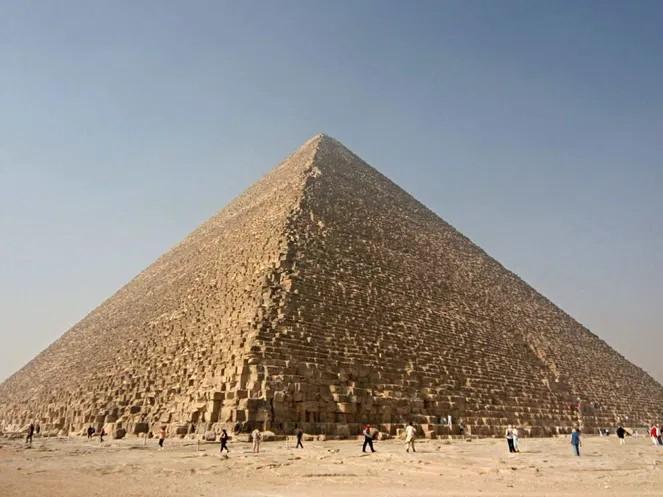
Giza Pyramid Complex: On the outskirts of Cairo, Egypt, the Giza Necropolis stands erected on the Giza Plateau. It is a group of monuments located nearly 8 kilometers from the old town of Giza and around 20 kilometers from Cairo. This necropolis showcases ancient Egyptian architectural marvels and comprises the Pyramids of Khufu, also known as the Great Pyramid, the Pyramid of Khafre, and the Pyramid of Menkaure. Apart from these pyramids, there are a number of queens’ pyramids, the Great Sphinx, mastabas, and chapels.
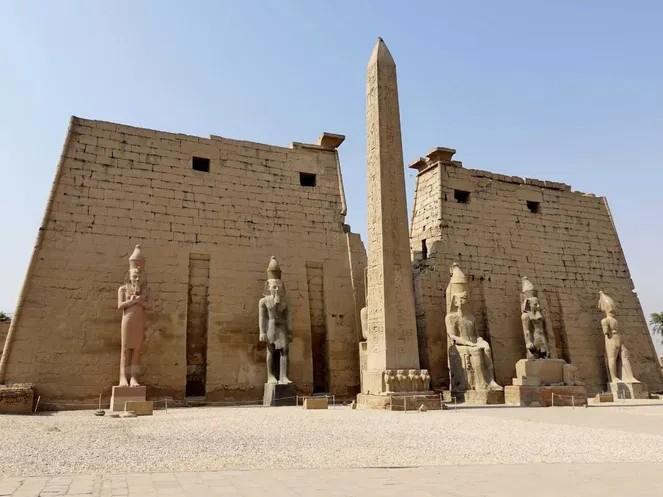
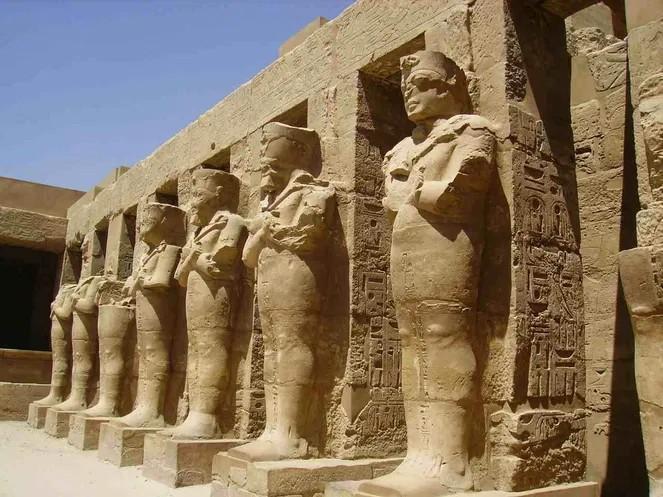
Temple of Karnak: Al-Karnak, prominently known as Karnak, is a village located near Luxor in southern Egypt. In the 20th century, excavations found a small settlement on the eastern bank of the Nile floodplain, pushing the history of Karnak back to the Gerzean period around 3,400 BCE and 3,100 BCE. Karnak is a grouping of temples in the northern sector of Thebes (modern-day Luxor). In ancient times, its name meant ‘Chosen of Places.’ In 1979, it was collectively designated as a UNESCO World Heritage site.
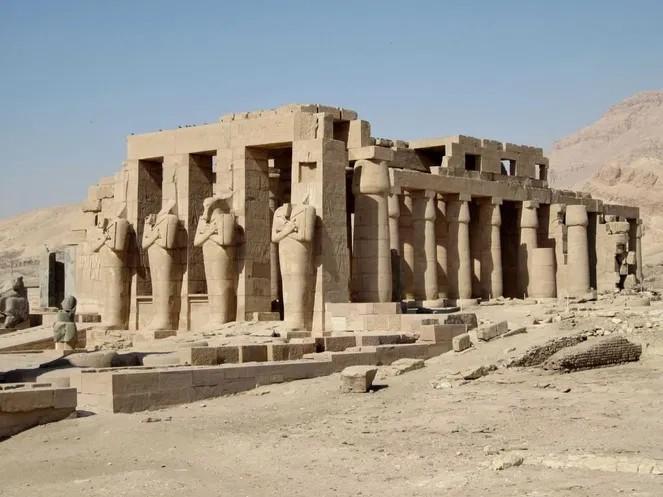
Ramesseum: The Ramesseum is an impressive temple dedicated to Ramses II on the west bank of the Nile River in Thebes (Luxor). Renowned for its colossal 57-foot seated statue of Ramses II, the temple is well-preserved, and its fragments are scattered around the site. The Ramesseum is dedicated to the god Amun and the deified king. The well-preserved walls, although partially damaged, depict scenes of the Battle of Kadesh, the Syrian wars, and the Festival of Min. The Greek historian Diodorus Siculus identified the temple as the ‘Tombs of the Osymandiases.’
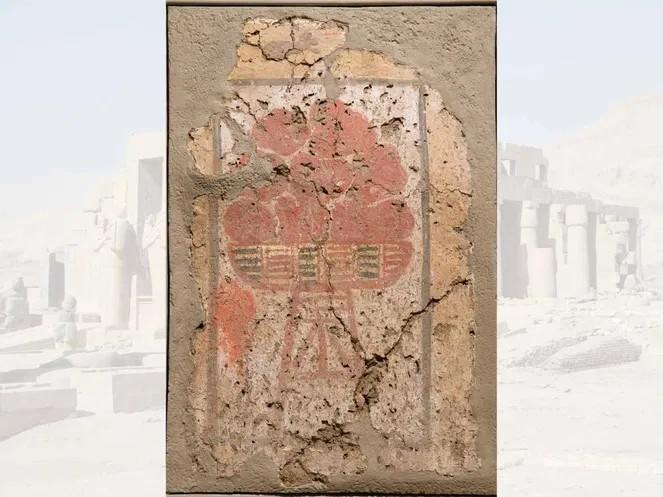
Temple of Malkata: Known as the ‘house of rejoicing,’ the Temple of Malkata was constructed by Amenhotep III. However, it was built to serve as his royal residence in Thebes. The temple is one of the 250 buildings erected here, covering an approximate area of 2,26,000 square meters, spanning almost 55 acres. It is, in fact, ruined. Since it is of enormous size and has buildings, palaces, parade grounds, and housing, it is believed that the place was not just a temple but an entire town.
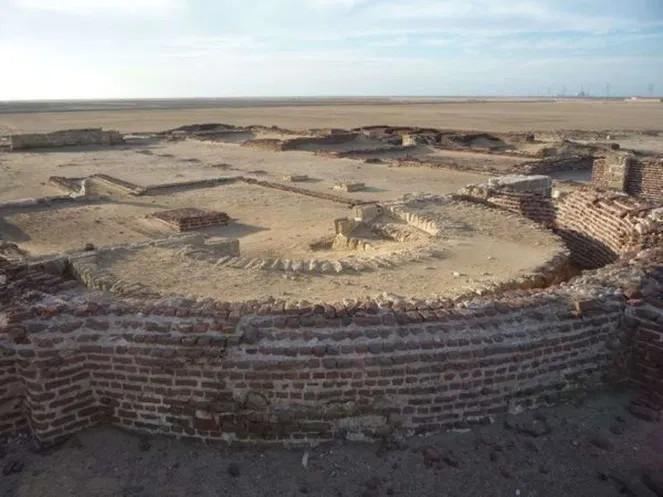
Per-Ramesseum Fortress: The site is a part of an ancient Egyptian city on the easternmost mouth of the Nile River. The Egyptians were likely to have called it Sā’inū and Per-Amun or the House of Amun. It is located 32 kilometers southeast of Port Said in the Sinai Peninsula. The Bible also mentions this city. During and after the 26th Egyptian Dynasty, Per-Ramesseum was the main frontier fortress against Palestine. It protected from invasions coming towards the Nile Delta. The exact date of its establishment could not be confirmed, but it can be suggested that the Per-Ramesseum was constructed during the reign of the Medjay Kingdome period.

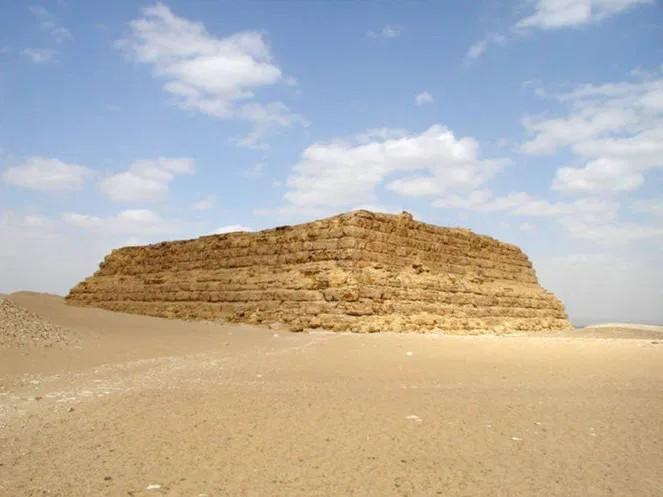
Mastabas: These are tombs of royal significance. There are several burial tombs found along the Nile River throughout history. As time passed, the structural evolution pertained to the Mastabas also varied and explained the evolution of Egyptian dynasties. Initially, during the First Egyptian Dynasty, the mastabas were constructed using stepped bricks. Later, bricks were replaced by stones and so on, evolving the form of the tombs.
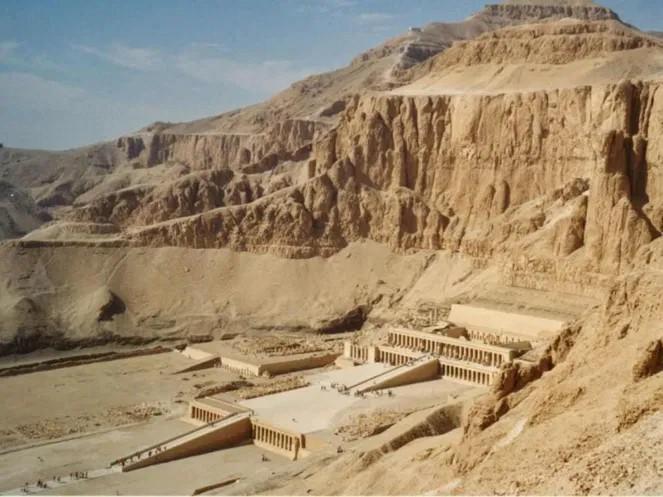
Deir el-Bahari: There were three types of gardens in ancient Egypt namely temple gardens, private gardens, and vegetable gardens. For instance, Deir el-Bahari, shown in the picture, had groves and trees, especially the Sacred Fig Tree (Persea). Deir el-Bahari is a group of mortuary temples and tombs on the west bank of the Nile.





